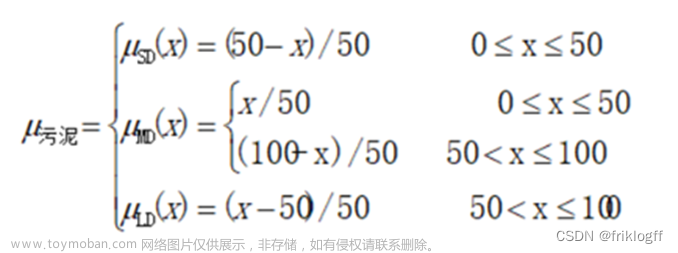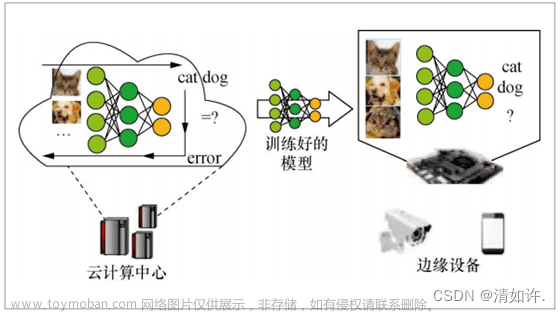#include <openvino/openvino.hpp>
#include <opencv2/opencv.hpp>
using namespace cv;
using namespace std;
int main(int argc,char** argv)
{
ov::Core core;
vector<string> availableDevices = core.get_available_devices();
//for (int i = 0; i < availableDevices.size(); i++)
//{
// printf("%s\n",availableDevices[i].c_str());
//}
auto model = core.compile_model("yolov5s.xml","AUTO");
auto request = model.create_infer_request();
//输入图片
ov::Tensor input_tensor = request.get_input_tensor();//若有多个则使用get_tensor("input_name1...2...3等")
//put image data into tensor
//推理
request.infer();
//输出
ov::Tensor output_tensor = request.get_output_tensor();
//后处理
return 0;
}文章来源地址https://www.toymoban.com/news/detail-790767.html
文章来源:https://www.toymoban.com/news/detail-790767.html
到了这里,关于openvino推理的一般流程的文章就介绍完了。如果您还想了解更多内容,请在右上角搜索TOY模板网以前的文章或继续浏览下面的相关文章,希望大家以后多多支持TOY模板网!











